

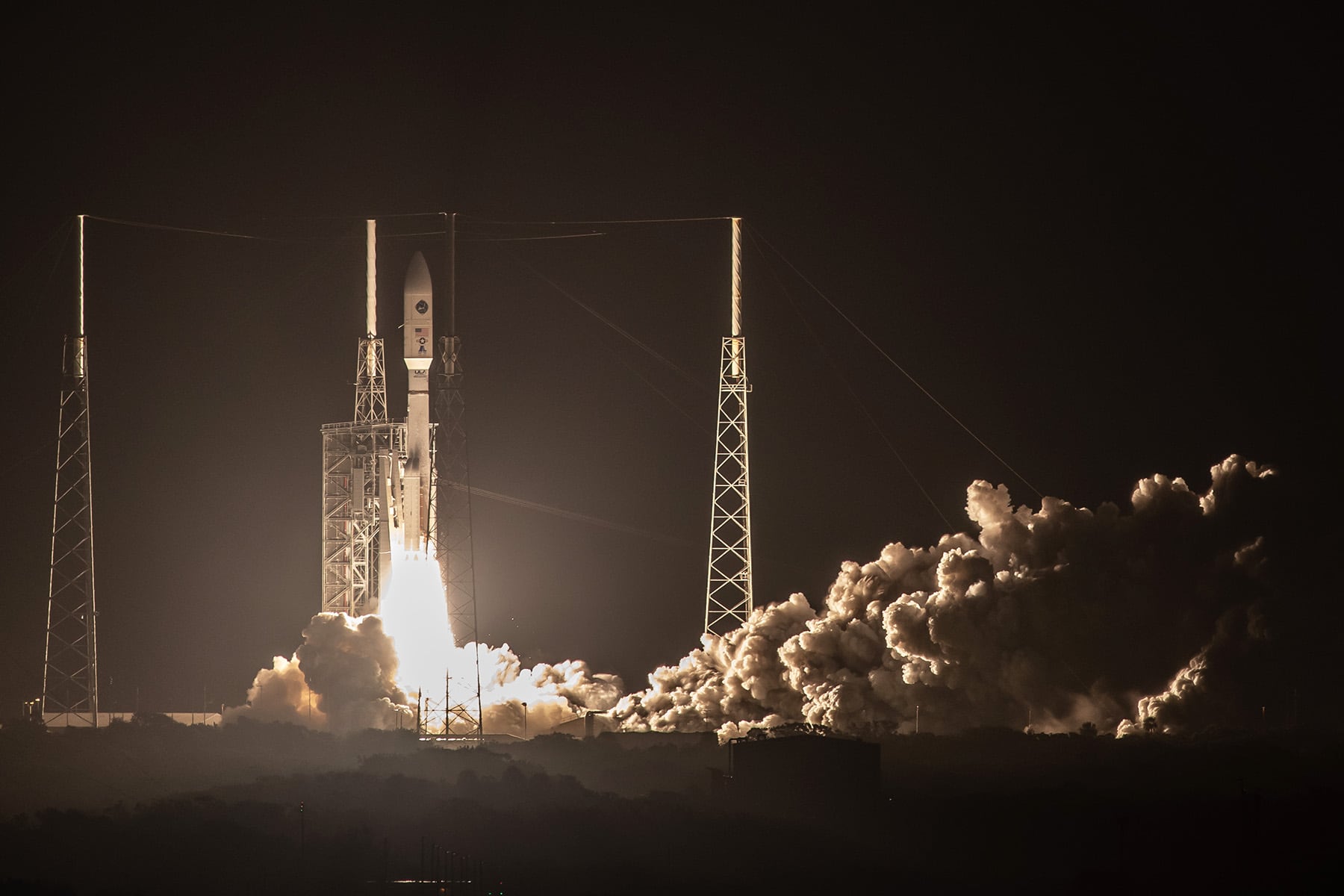
The Air Force launched its next protected communications satellite
The launch of AEHF-4 completes the initial AEHF constellation, enabling the military to transmit crucial information 10 times faster than the legacy constellation.

C2/Comms
Marine squads will get more range, better comms thanks to Navy satellites
The MUOS technology allows Marines to switch satellites more smoothly and transfer data faster with better connectivity.

What’s next for the Navy in space?
The Program Executive Officer Command, Control, Communications, Computers and Intelligence, as well as Space Systems, discusses what the Navy’s next task on orbit might be.
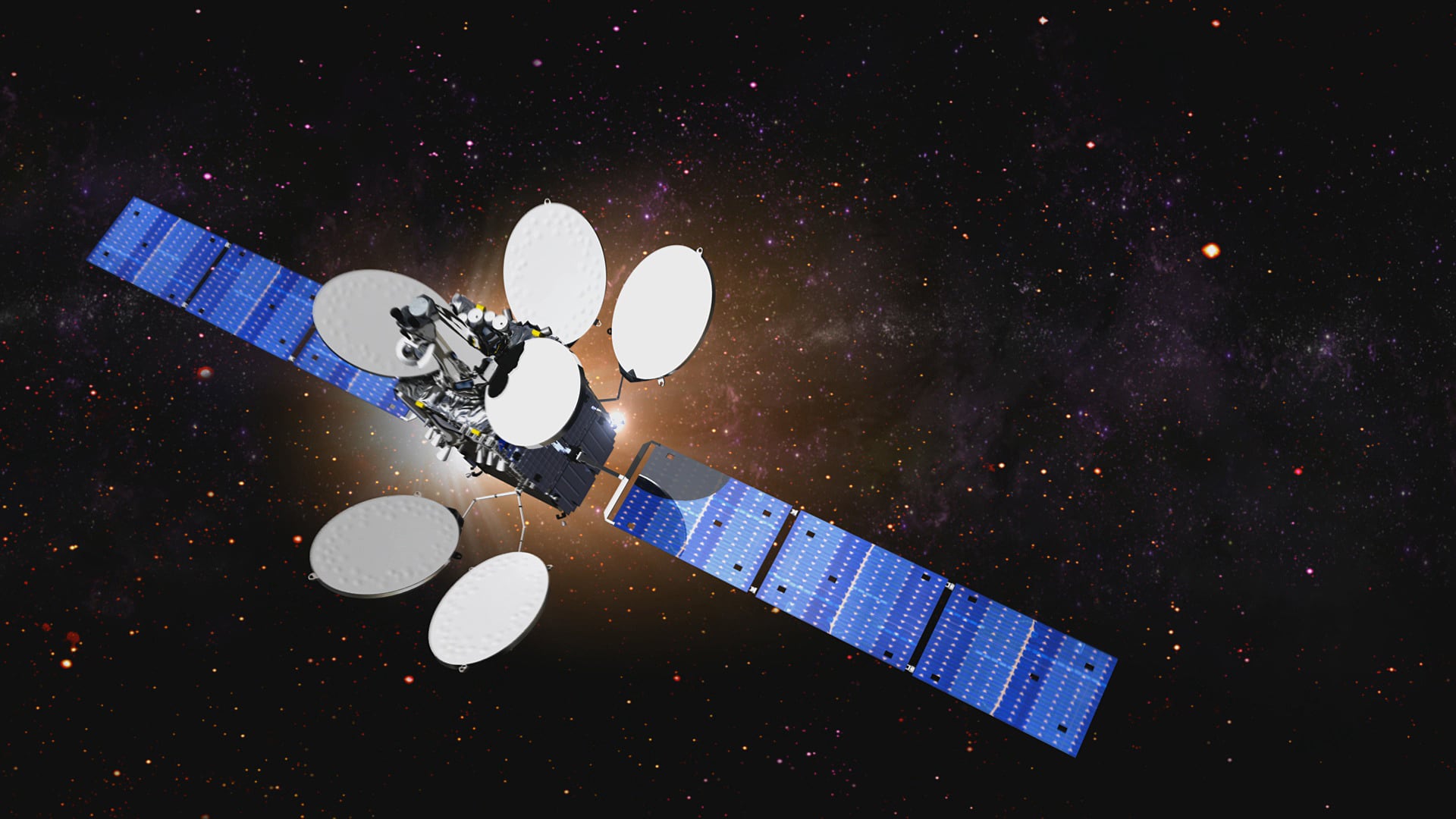
The Air Force should consider a new commercial satellite program
Industry officials, such as Skot Butler, the president of Intelsat General Corporation, are optimistic about the long-term opportunities for commercial satellite operators to work with the Department of Defense.
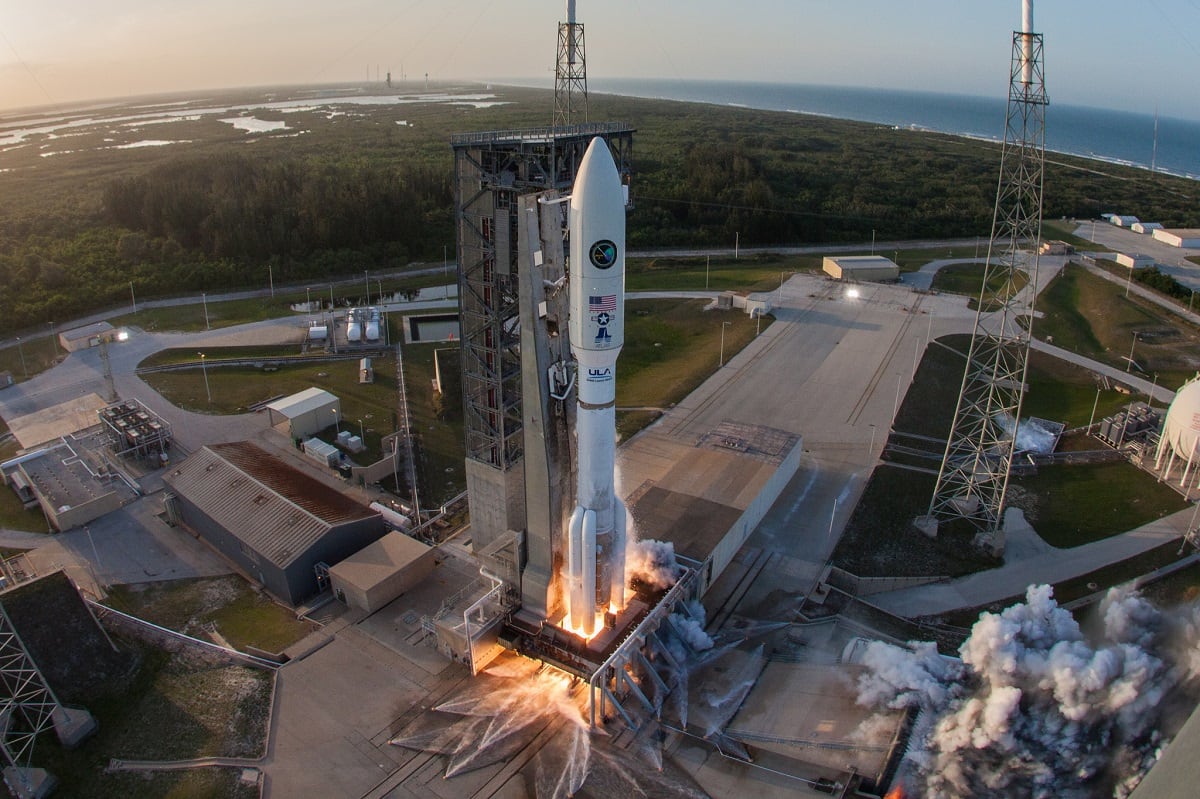
Air Force launches experiment to boost satellite communications
The Air Force sent a package of innovative and secretive satellites to orbit Saturday night.
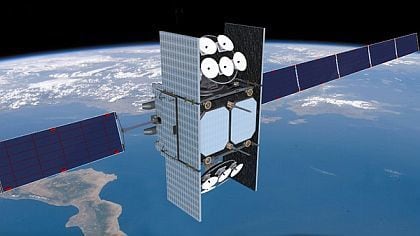
Satellite providers to Air Force: Where do we stand?
Greater certainty about industry's role in supporting DoD's SATCOM needs would provide greater justification for more unique investments for private companies.
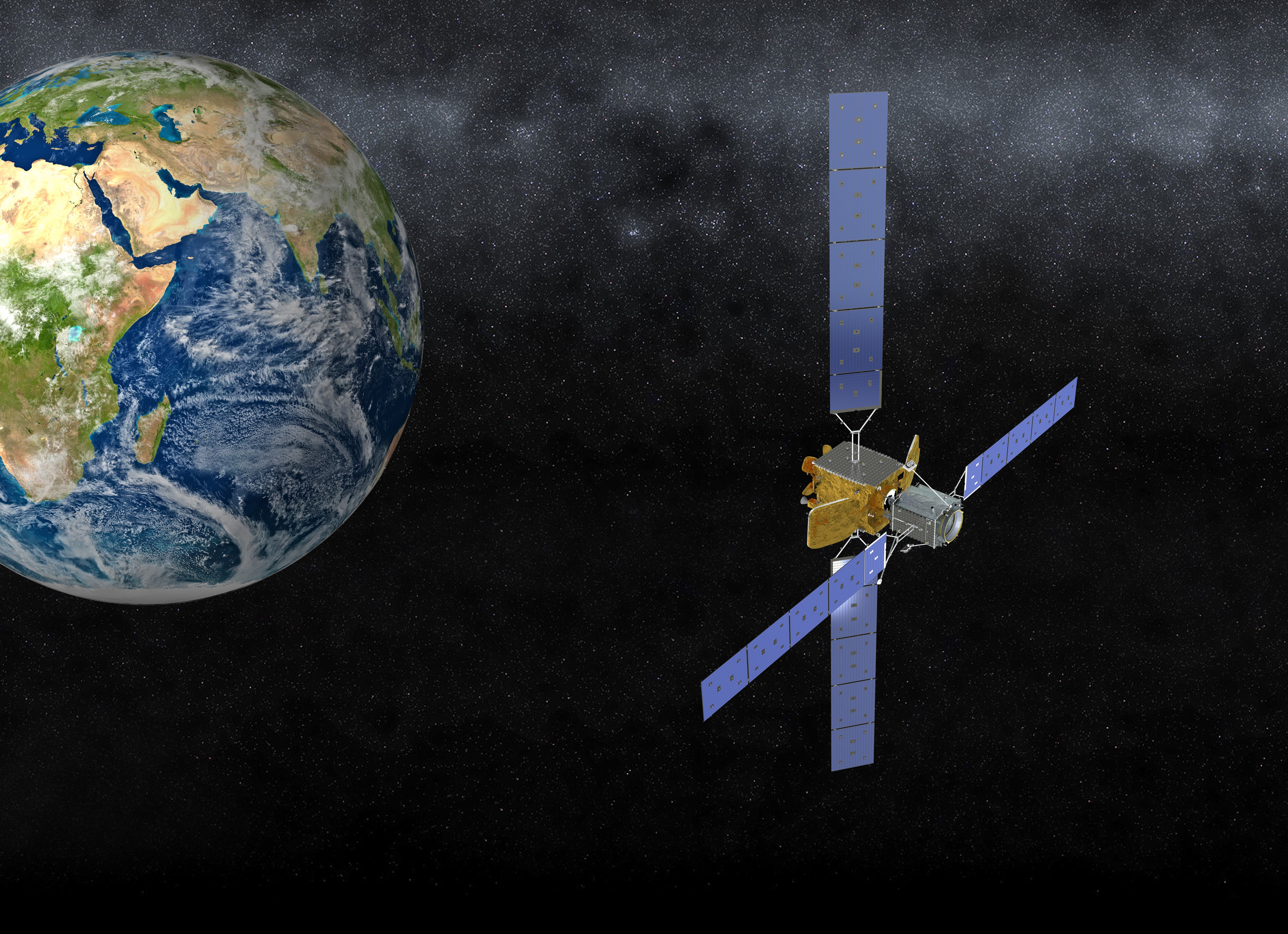
How could a burgeoning satellite servicing industry help government?
The emerging on-orbit satellite service industry is about to take-off, but space regulators are still struggling to find their role in a convoluted system that could be heading for reform.
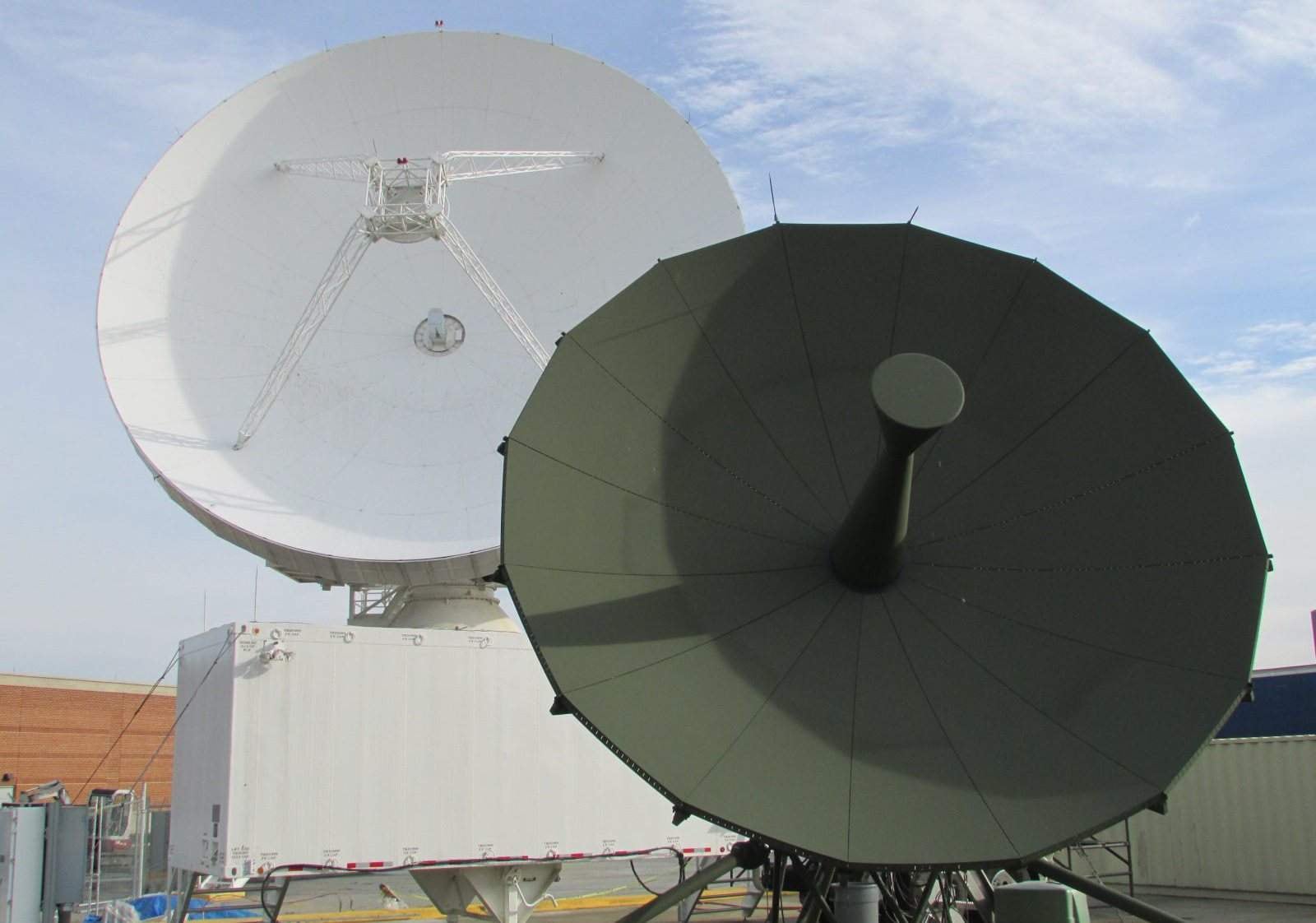
The satellite surprise inside the spending bill
The new spending plan Congressional leaders unveiled Wednesday unexpectedly includes $600 million for the Air Force to extend its wideband satellite communications program by two satellites.
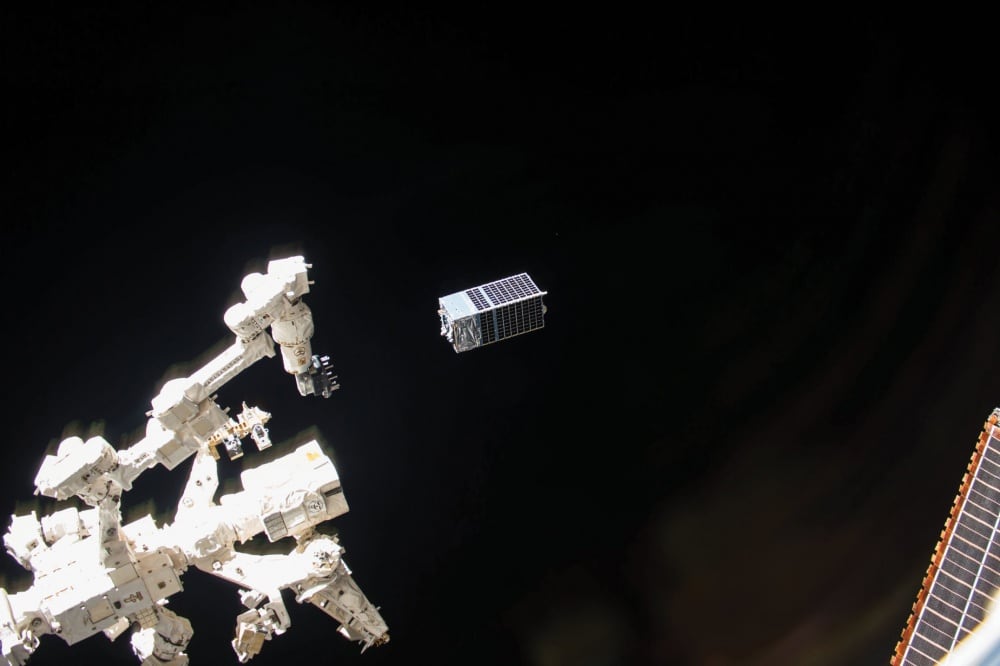
Why industry wants the Pentagon to consider small satellites
While small satellites remain popular around industry circles, the question of whether the technology is resilient enough for military utility remains an open question.

Why DoD is a challenging customer for commercial satellite providers
Commercial satellite providers say the fact that DoD's requirements are continually changing makes it difficult to provide services.
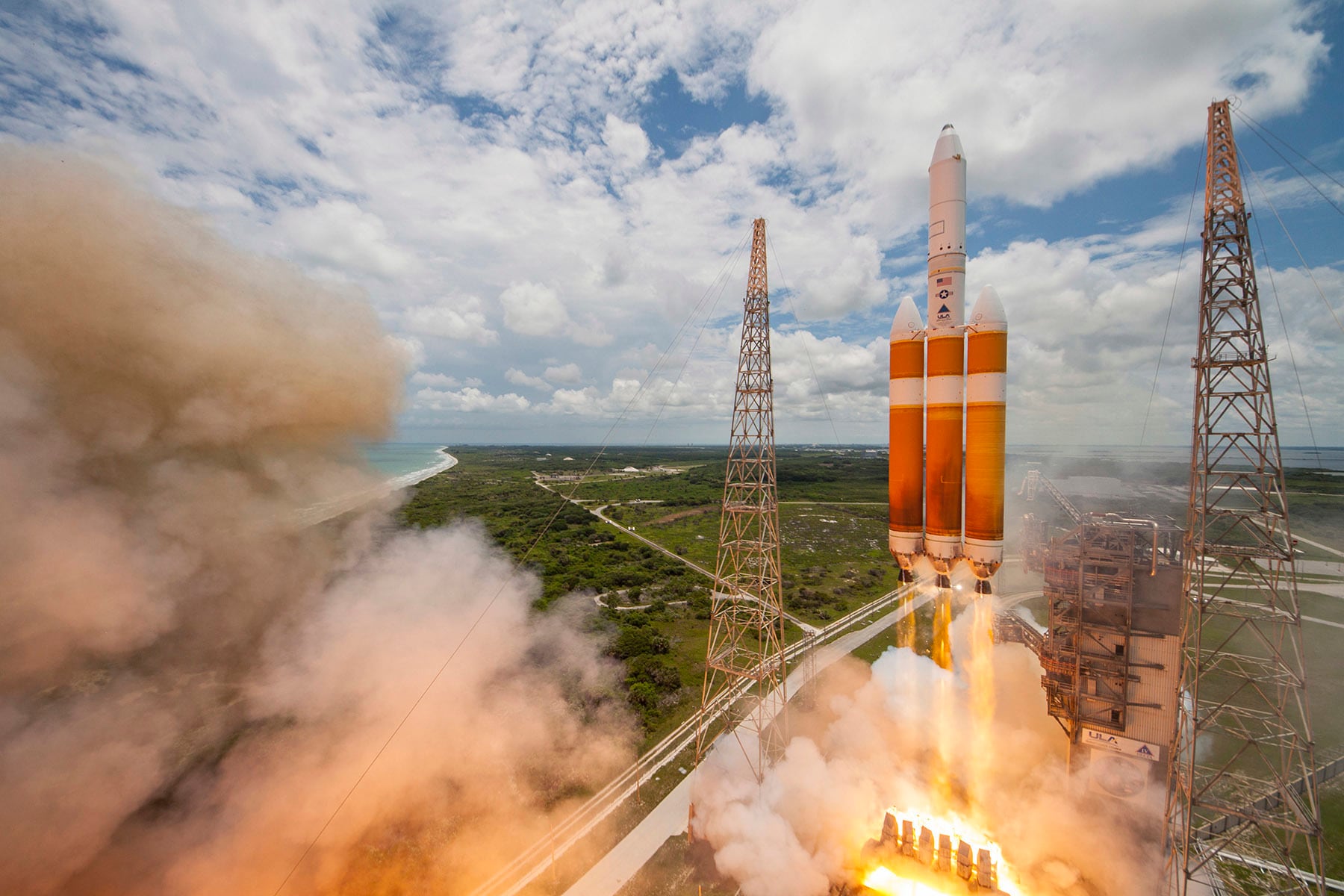
What will it take for the Air Force and Pentagon to move faster on space?
The Department of Defense is exploring possible ways to reform its space acquisition system to shrink the time it takes to deliver new capabilities to space, according to a new report.
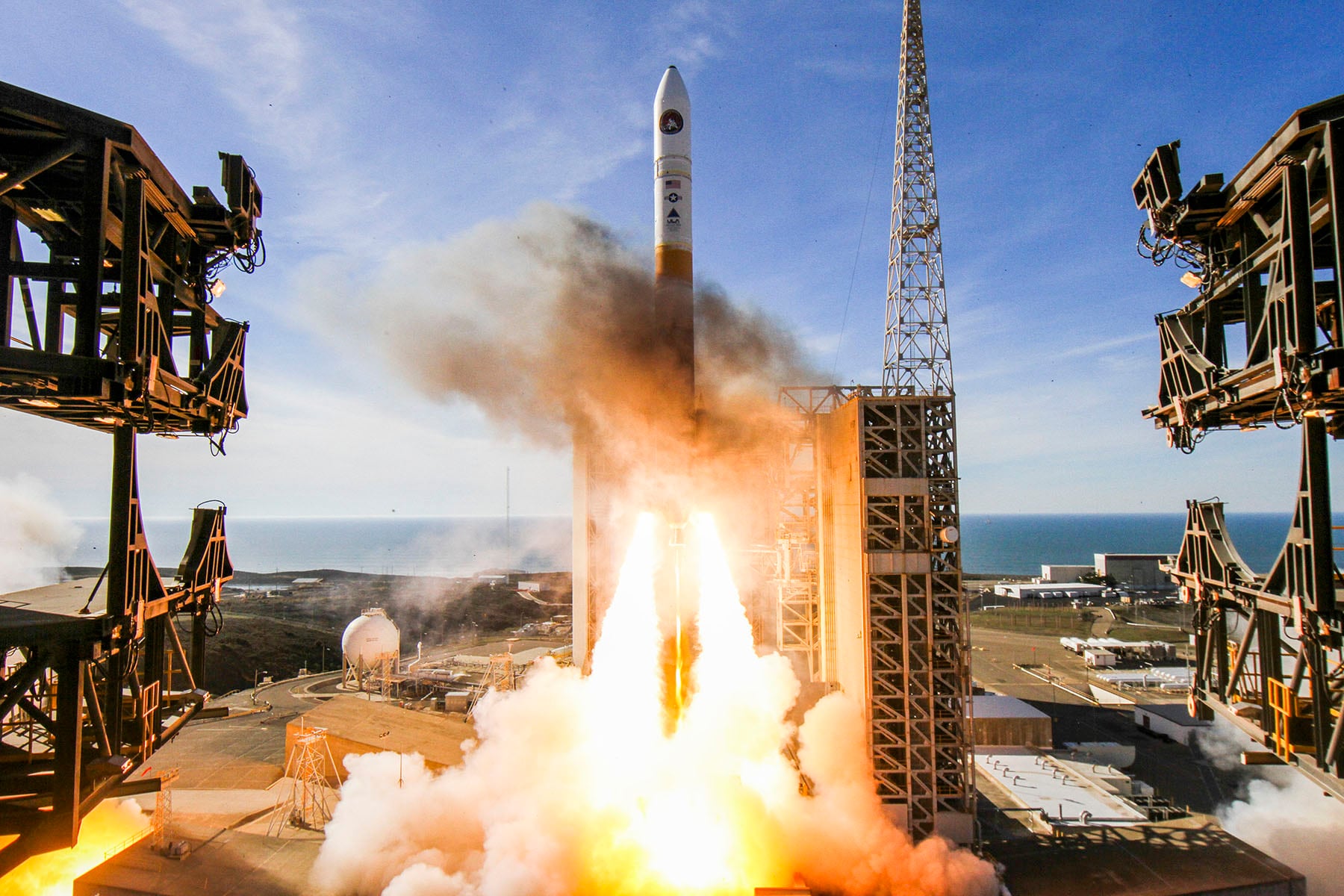
Pentagon’s top tech official: Take more risks in space
If the US wants to maintain its edge in space, it needs to move faster, a DoD official said.
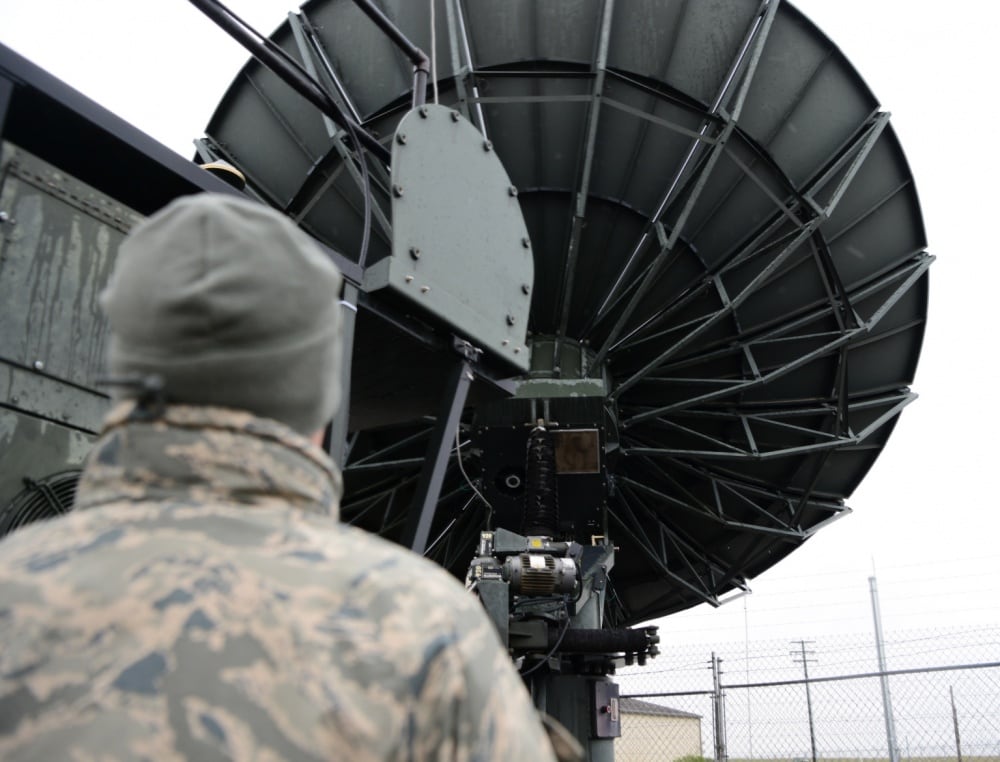
New leadership for satellite communications company XTAR
The military satellite communications company announced a new president and CEO.

Industry Perspective: Intelsat General's Skot Butler on future satcom
Satellite industry veteran Skot Butler has high hopes for the Pentagon's new direction in satcom.
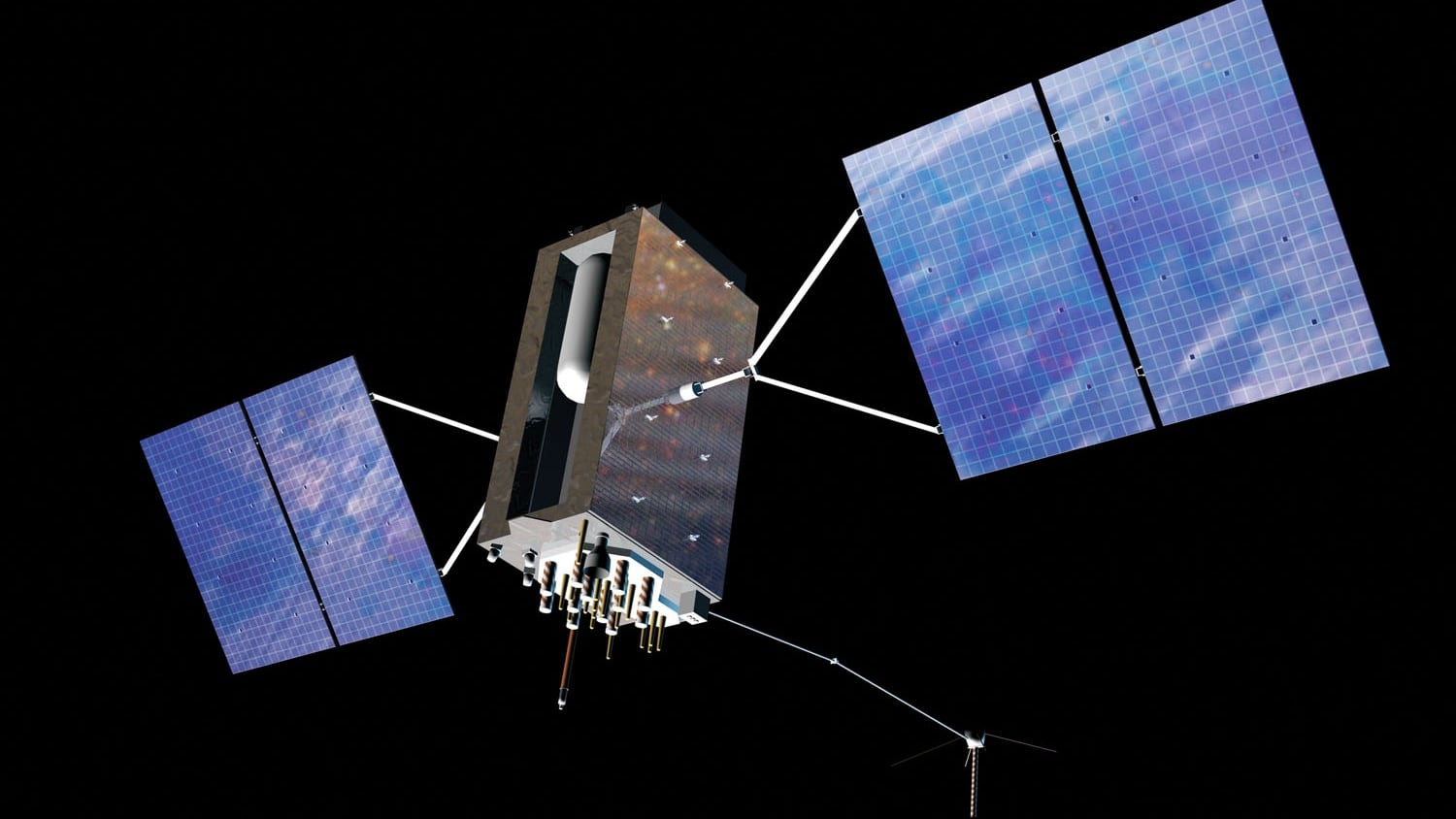
Air Force looks to contractors to fly satellites
The Air Force is finalizing proposals to allow contractors to conduct day-to-day operations for satellite flight.
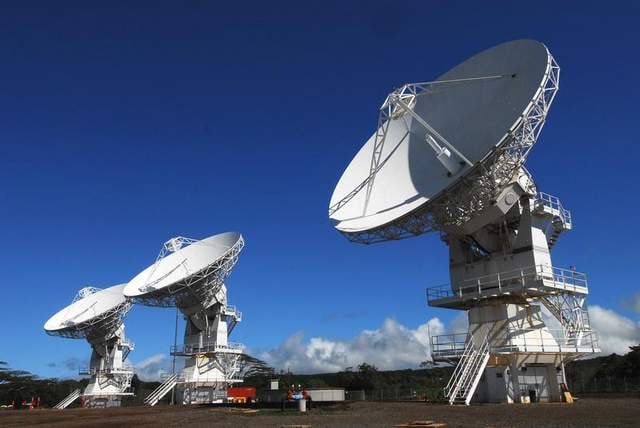
When it comes to cybersecurity, the satellite industry stands out
The satellite industry is different from other commercial industries in regard to cyberthreats, according to one satellite executive.
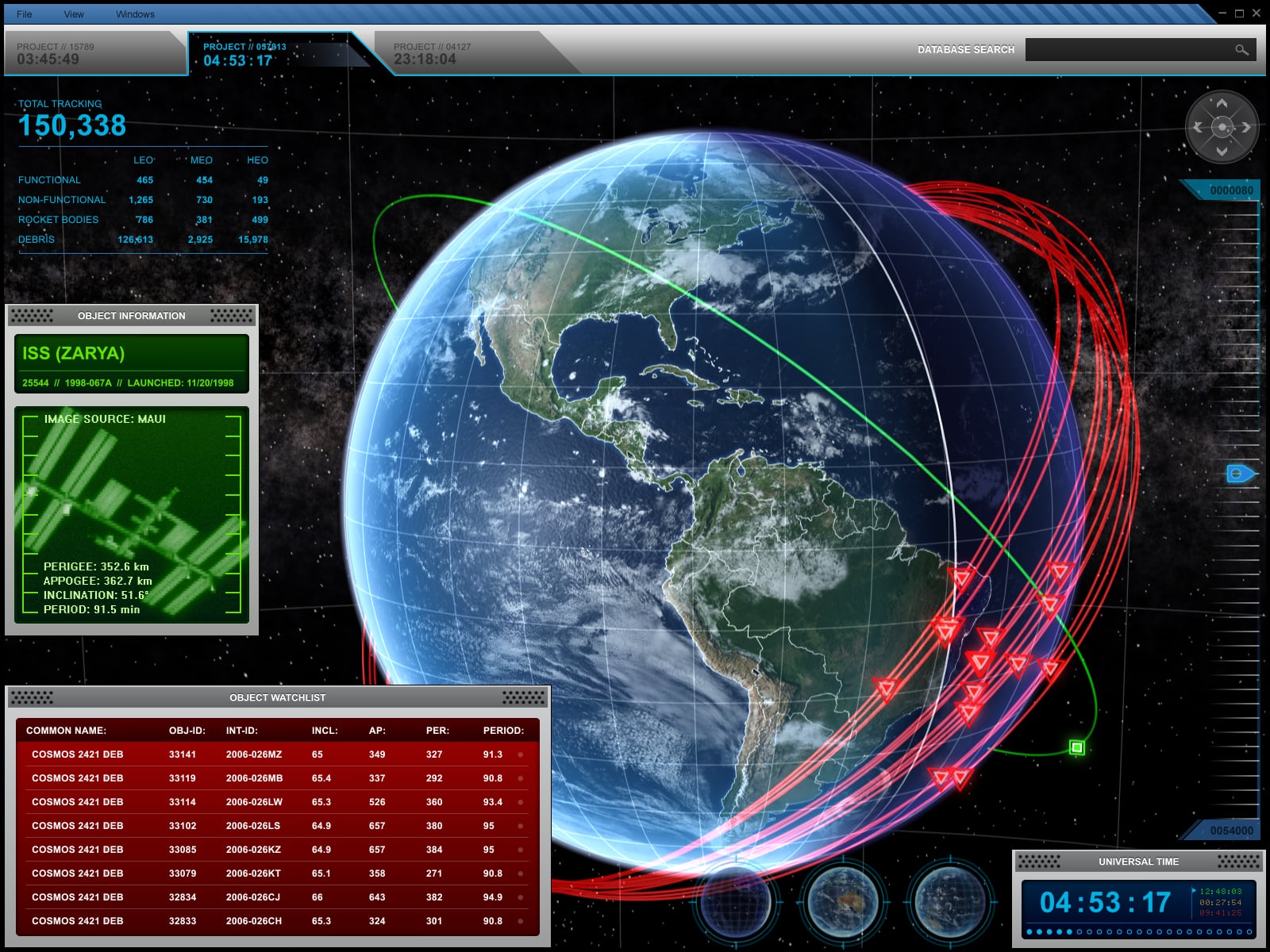
Why does DoD care about space situational awareness? One word: deterrence
The Pentagon engages in space situational awareness to deter conflicts in space.
